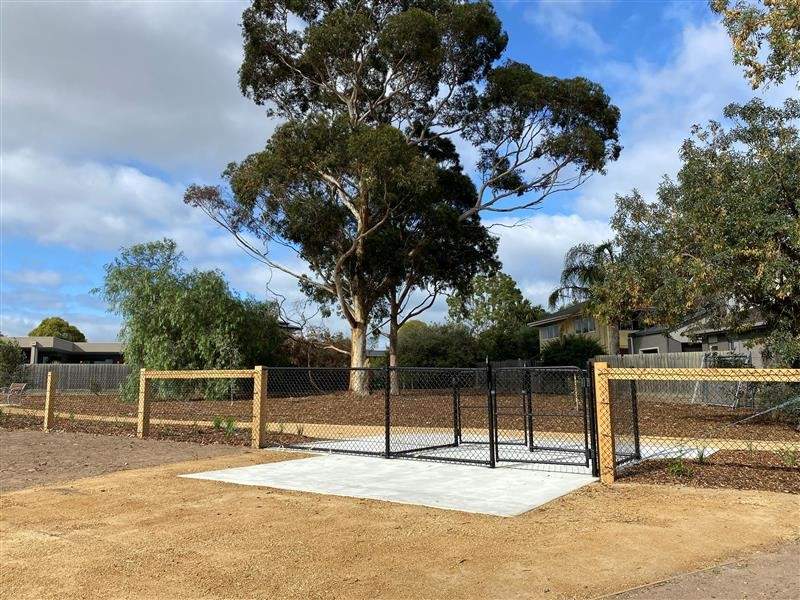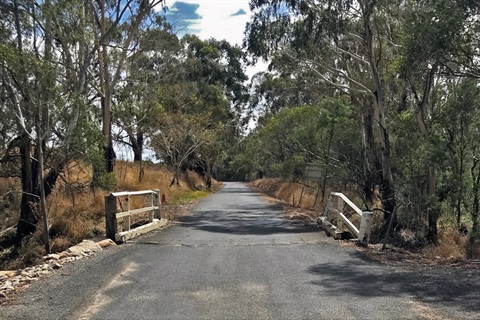In July 2021, heavy rain fell across Central Europe resulting in catastrophic flooding that killed more than 220 people and left a trail of destruction costing more than $US25 billion.
Here in Australia, in February 2022, the east coast of the country recorded more than a year’s worth of rain in a week which led to a series of devastating floods that killed 23 people and caused damage worth over $US6 billion.
More recently, in 2023, large parts of China were inundated by severe flooding – displacing more than one million people and killing more than 30. And in Greece, severe flooding has followed on the heels of wildfires that burned vast tracts of forest and farmland.
These are just a few examples of the destruction and danger caused by extreme rain and flooding around the world.
And it’s likely, as our planet warms, we’re going to see more and more of these extreme flooding events.
So, while the world needs to act on climate change, we also need practical steps to plan ahead. And this is where engineering hydrologists, who assess flood risks, can help.
MAPPING WATER FLOWS
One of the main focus areas of flood hydrologists is to provide accurate information about imminent floods that can help with evacuation planning as well as the design of infrastructure to help reduce the impact of floods.
This means providing accurate predictions of floods before floods happen.
To do this, engineers have developed and improved the use of hydrodynamic models over the last century. Hydrodynamic models are numerical models that simulate flooding by dividing an area into smaller subareas (called grid cells) and then calculating how water moves between those grid cells.
The water movement is described by solving complex differential equations based on the physical principles of water flow.
Hydrodynamic models are well-documented and can accurately simulate flood events. However, millions of grid cells are needed to simulate flooding over large areas with high resolution.
As you can imagine, solving complex equations for millions of interconnected grid cells is incredibly difficult and time consuming.
But floods move quickly and can happen faster than we can predict them using these high-resolution hydrodynamic models.
This means that it isn’t possible to use our most accurate models during flood emergencies as the slow computational process leaves no time for evacuation or planned mitigation strategies.
For this reason, it became clear that we urgently needed an efficient and accurate approach to predicting flood events to provide valuable information as floods unfold, as well as the design robust infrastructure that can mitigate the impact of floods.
FORECASTING FLOODS – FAST
Our team developed the Low-fidelity, Spatial analysis, and Gaussian Process learning (LSG) model – an approach that can be used to predict the extent and depth of floods much faster than flood waters rise.
The idea of the LSG model is to use a low-resolution hydrodynamic model to provide an initial flood estimate. The low-resolution hydrodynamic (or low-fidelity) model has a much lower computational demand than the traditional high-resolution model – but this comes at the cost of accuracy.
In order to improve the accuracy, the LSG model upskills the initial flood estimate to high resolution and accuracy, similar to the performance of high-resolution hydrodynamic models.
This upskilling process uses mathematical methods to transform the low-fidelity estimates into predictions of flood inundation patterns in time and space that are as accurate as the high-resolution hydrodynamic models.
It was previously thought that only moderate speed-ups (around 10 times) compared to the high-resolution hydrodynamic model could be achieved via this approach.
But our new LSG model can achieve speed-ups that are more than 1,000 times faster than high-resolution models while maintaining high accuracy of flood predictions.
KEEPING IT SIMPLE
The key to achieving this massive speed-up is the development and use of an extremely coarse and simplified low-fidelity model.
This low-fidelity model has grid cells covering over one million square metres, but using the LSG model methodology we can upskill the estimates to provide predictions that are as accurate as a model which contains more than 50 times as many grid cells.
We tested the LSG model for two large river systems in Australia.
The first is the flat and complex Chowilla floodplain in southern Australia (740 square kilometres), and the second is the steep and fast-flowing Burnett River in northeast Australia (1479 square kilometres).
The distinctive differences between these case studies make them a challenging test of the LSG model’s ability to provide fast and accurate flood predictions.
We found our model can simulate the dynamic evolution of flood inundation in both case studies – providing accurate information on arrival time, flood extent and peak water depth with similar accuracy to a traditional high-resolution hydrodynamic model – but much, much faster.
In real terms, this means if we’re looking at predicting floods on the Chowilla floodplains – the LSG model takes 33 seconds instead of 11 hours, and in the Burnett River case study the model took 27 seconds where it would’ve taken 36 hours using traditional methods.
Our LSG model also captures the flood extent in both study areas with 99 per cent accuracy when compared to a high-resolution hydrodynamic model.
It’s a big leap forward when it comes to providing useful flood predictions. This is both during emergencies – to help make informed decisions that can save lives and protect valuable infrastructure – but also in the planning and preparation before flood events in the design of robust infrastructure.
WEATHERING THE STORM
Currently, flood inundation predictions are mainly based on deterministic approaches, where the most likely scenario is simulated – this is because of the high computational costs (in terms of time) of running a high-resolution hydrodynamic model.
But the LSG model makes it possible to simulate all scenarios of flood events, both before the emergency and as it unfolds.
This could shift the current practice from using deterministic predictions to risk-based probabilistic forecasts.
Probabilistic forecasts provide a confidence interval describing the uncertainty of the predictions. This gives us information on how likely an area is to get inundated and, in turn, could help emergency response focus on areas that are most likely to flood.
In addition, our methodology can be used to help design a more robust infrastructure by enabling the use of computational techniques – like Monte Carlo methods – to simulate how different combinations of flood drivers might affect the severity of flood events.
How we implement this technology for use by industry to maximise the capabilities and benefits of the LSG model is the next big step.
But as our climate becomes more extreme, it’s models like ours that will help us all be better prepared to weather the storm.
Banner video: Flood inundation in the Chowilla floodplain as simulated using the LSG model/Supplied








